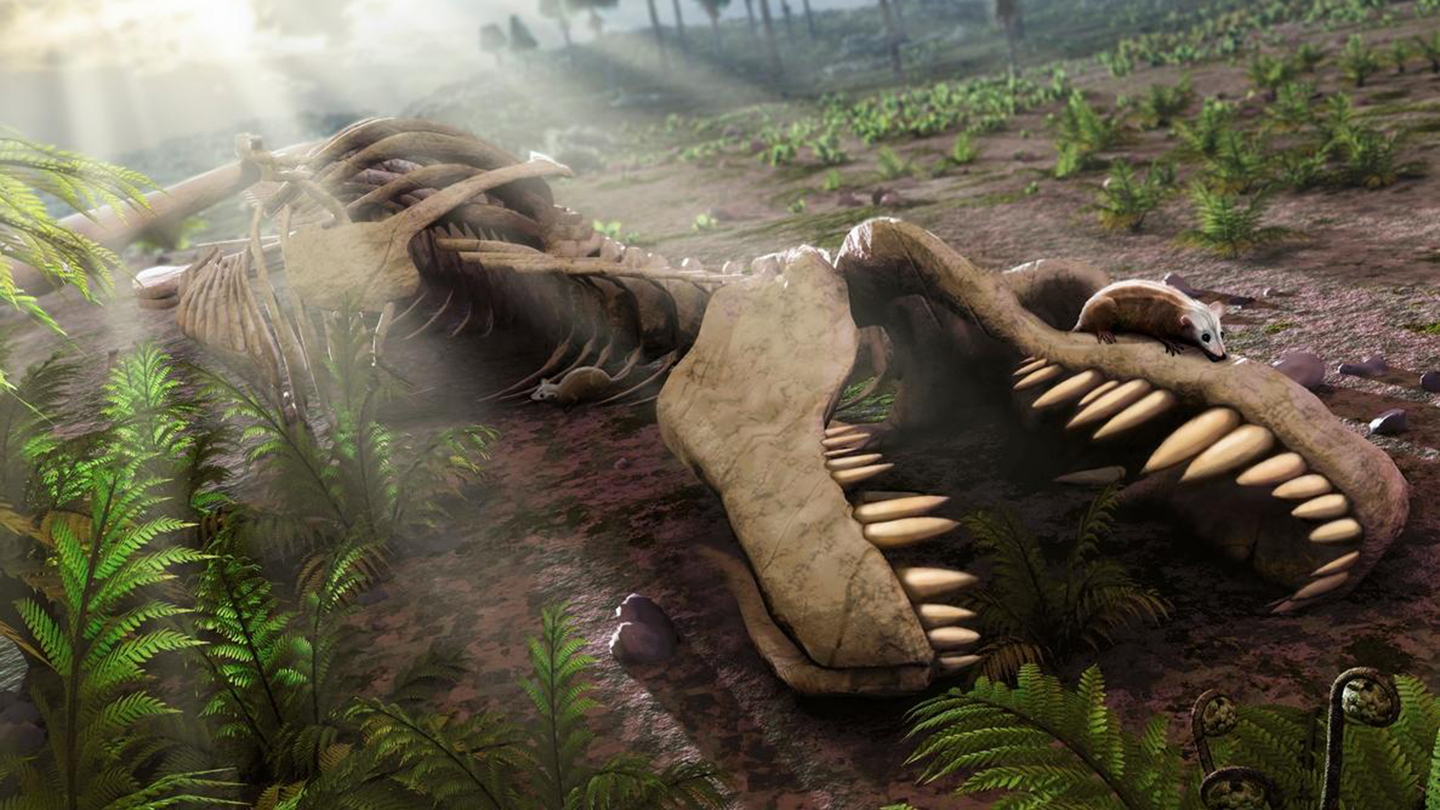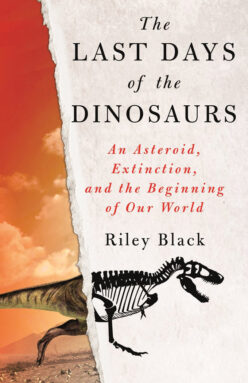‘The Last Days of the Dinosaurs’ tells a tale of destruction and recovery
The Last Days of the DinosaursRiley BlackSt. Martin’s Press, $28.99Some 66 milli


The Last Days of the Dinosaurs
Riley Black
St. Martin’s Press, $28.99
Some 66 million years ago, give or take several millennia, a 10-kilometer-wide asteroid slammed into our planet. The impact blasted out an enormous crater and heaved large amounts of material into the atmosphere. Some of the sulfur-rich debris poisoned the sky, unleashing downpours of acid rain. Heat generated by ejecta falling back to Earth ignited wildfires worldwide that blazed for months, if not years. In the wake of the event, as many as 75 percent of all species were wiped out.
In The Last Days of the Dinosaurs, science writer Riley Black chronicles both the pre-apocalyptic idyll and the worldwide devastation that resulted from what some scientists have dubbed “Earth’s worst day.” The book is a compelling amalgamation of both new and old scientific information (and some science-based speculation).
Black begins her tale by exploring what happened in the Hell Creek area of today’s Montana, whose rocks offer what is perhaps the best record of a dinosaur habitat. This ancient ecosystem and others worldwide included far more than apex predators, such as Tyrannosaurus rex, and their prey, of course; they also hosted a wealth of creatures, including lice and other parasites.
These ecosystems drastically changed once the space rock hit. Larger dinosaurs, as well as any smaller creatures unable to shelter in burrows, for example, couldn’t escape the destruction (SN: 3/26/22, p. 8).
Despite the title, the largest part of Black’s book recounts how life rebounded in the 1 million years after the impact. Forest floors served as natural seed banks to feed surviving insects, birds and small mammals. These seeds, some of which had previously evolved to withstand wildfires, were also the sources of forests that grew back. Those initial forests were stubby and dominated by ferns for years. Some ecosystems — especially freshwater lakes and rivers whose waters were chemically buffered from acid rain by dissolved carbonates derived from limestones — emerged relatively unscathed and so species persisted there.
Buy The Last Days of the Dinosaurs from Bookshop.org. Science News is a Bookshop.org affiliate and will earn a commission on purchases made from links in this article.




